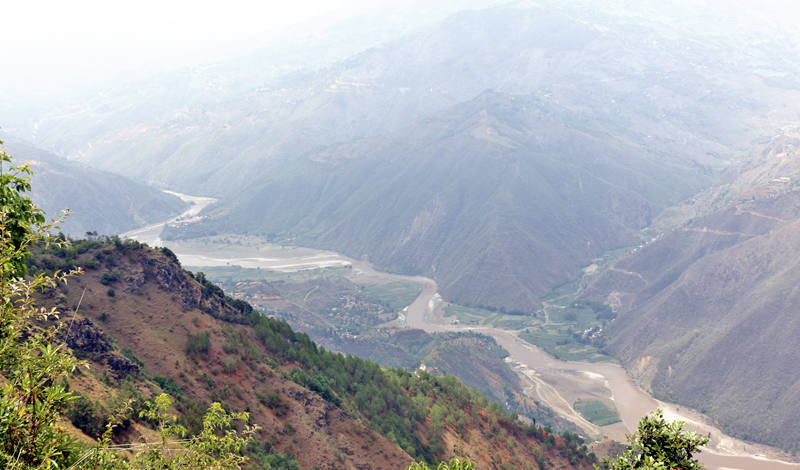Work on Sunkoshi Marin Diversion to begin this year
Kathmandu, January 23
Construction works of the Sunkoshi Marin Diversion Multipurpose Project — which is being developed with an aim to provide irrigation facility to five droughtprone districts of Province 2 and also to generate 36 megawatts of electricity — will begin from the ongoing fiscal year.
After the government added the multi-billion-rupee project to the basket of national pride projects, hopes of its construction have gained momentum.
The Cabinet meeting on January 20 had decided to list the project as a national pride project.
Sushil Chandra Tiwari, joint secretary at the Ministry of Energy, Water Resources and Irrigation (MoEWRI), informed that they are at the moment preparing to call the tender for the project. “The bid documents are about to be completed and the final verification process is ongoing,” he said, adding, the tender for the project will be issued within a month.
The project has completed the necessary initial works, such as feasibility study, environmental impact assessment study and detailed project report.
The project, which is estimated to cost Rs 83 billion, is located in Ramechhap and Sindhuli districts. The plan is to divert 67 cubic metres of water per second from the Sunkoshi River to the Bagmati River via Marin Khola of Sindhuli with an aim to irrigate an additional 122,000 hectares of land in Rautahat, Dhanusha, Mahottari, Sarlahi and Bara districts.
As per Tiwari, the government plans to build a 12-metre high dam at the starting point of the project in Ramechhap and Sindhuli districts and complete the project within five years.
He further said that the government has segregated the project into three segments — diversion dam with tunnel, hydropower project and irrigation project. “In the first phase, we will call the tender for construction of the diversion tunnel and gradually we will call the tender for other segments of the project accordingly.”
Earlier, the National Planning Commission had suggested the Cabinet to classify the project as a national pride project. It had also highlighted the benefits of the project like irrigation, electricity generation, flood control, cost/benefit, viability of implementation, and technical, social, environmental and geo-political perspectives and asked the Cabinet to go ahead with its construction.






